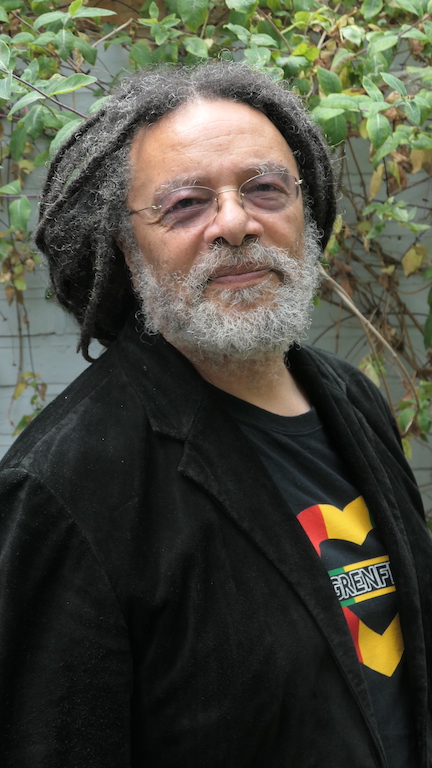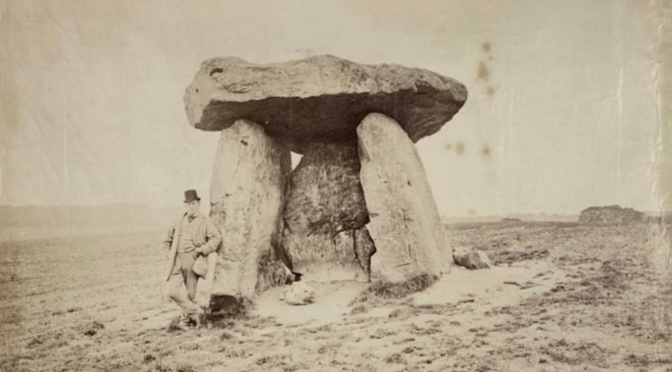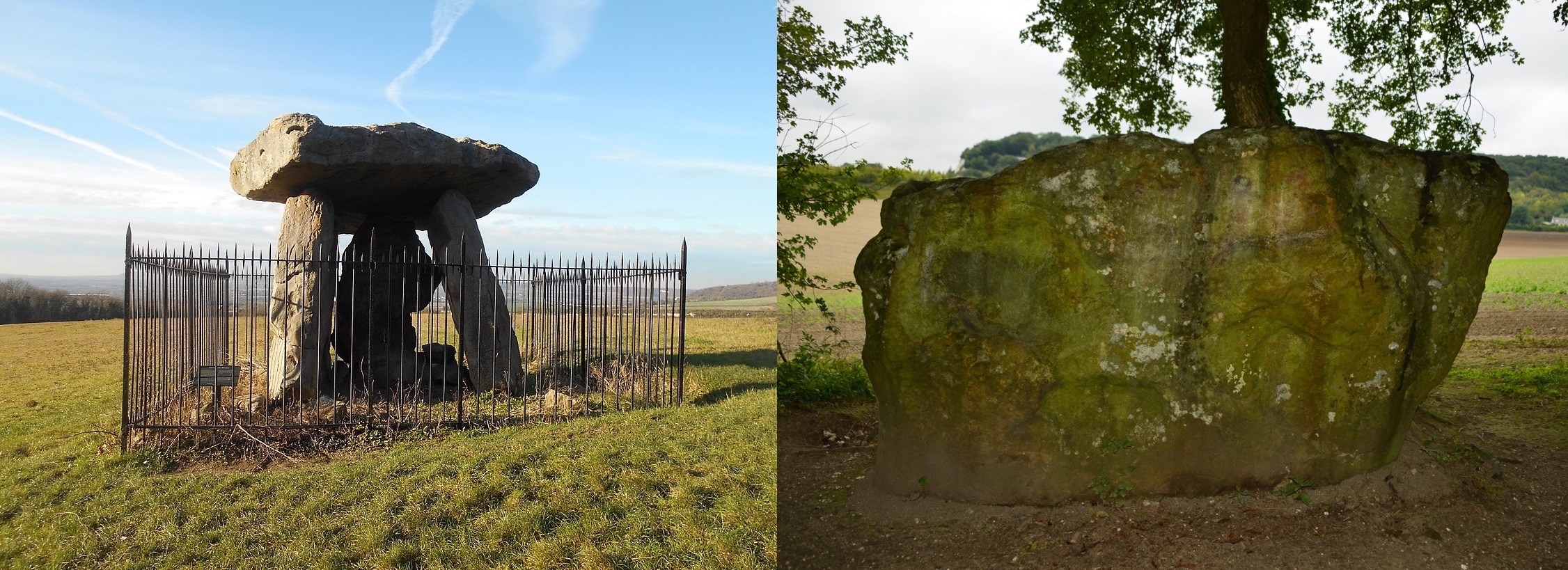by Rachel Bolle-Debessay and Paul Gilroy in conversation
Paul Gilroy, Professor of American and English Literature at King’s, was elected as a member of the American Academy of Arts and Sciences in April 2018 – a prestigious recognition of his work as a cultural historian, critical race theorist and thinker who has shaped black diaspora studies. Founded in 1780, the Academy has a stellar list of former members including Benjamin Franklin (1781), Charles Darwin (1874), Albert Einstein (1924) and Martin Luther King, Jr (1966). Here, Paul speaks to PhD researcher Rachel Bolle-Debessay about receiving this award.
Rachel Bolle-Debessay (RBD): Thanks so much for talking to us, Paul! Our trigger for this interview was your election as a member of the American Academy of Arts and Sciences. So could you begin at this point – what does this mean for you and the nature of the scholarship that you undertake?
Paul Gilroy (PG): I was humbled and amazed. I’d say that being taken seriously is the best feeling an academic can have. I worked in the US for some years and one of my responsibilities as a teacher and researcher lay in the field of African American Studies. As an outsider, I faced a significant amount of hostility especially when my work was perceived as interrupting the standard cultural nationalist approaches that have defined that enterprise.
So this award cheered me up. It made me feel that in spite of the antipathy I had endured, the work I’d done had acquired its own life and some people had found it useful. It’s absolutely fine if they use it as something to disagree with and sharpen their intellectual claws upon. It makes me feel that I haven’t wasted my time.




